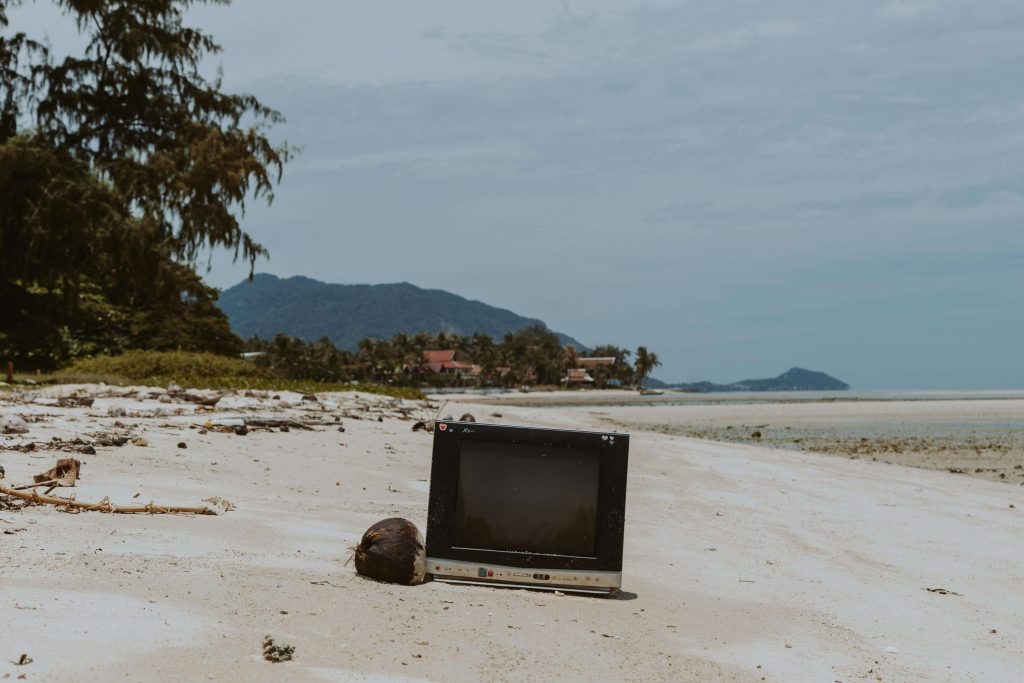Everyone loves the cloud. It’s sleek, infinite, invisible. Except, it’s not. Somewhere, your old client PDFs, 15 versions of pitch decks, and half-downloaded video files are sitting on a humming server, guzzling electricity. Multiply that by millions of people, and suddenly digital clutter isn’t just a nuisance, it’s a carbon-spewing monster. Digital waste sustainability is more important now than ever.
This isn’t theoretical. We’ve been trained to believe digital = clean, but every email you archive and every file you forget consumes resources. It’s not just about storage costs anymore. It’s about sustainability.

The myth of the magical cloud
Let’s be clear: “the cloud” is just someone else’s hard drive, running 24/7 in a data center that burns through kilowatts like candy. And those centers? They’re not powered by fairy dust. They’re powered by grids, many still reliant on fossil fuels. The more junk you stash, the more energy gets used.
We wouldn’t tolerate this in our kitchens. Imagine a fridge full of expired takeout and mystery Tupperware from 2018. Yet that’s how we treat our cloud storage.
So I built Petrichor, to improve digital waste management
As Ian Hodgkinson from Loughborough University warns in The Guardian, ‘68 % of company data is never reused’, and by 2030, data centers could be guzzling 6 % of the UK’s electricity. That’s a strong case for prioritizing digital waste sustainability by deleting redundant files, excessive emails, and outdated media.
After watching businesses struggle with bloated drives and blind spots in their sustainability claims, I built something: Petrichor. It’s a lightweight app that scans cloud drives for duplicate, broken, obsolete, or needlessly massive files, and estimates their environmental cost in terms of electricity and CO2.
It’s not a silver bullet. But it’s a flashlight. You can’t fix what you can’t see, and right now most teams have zero visibility into their digital trash.
We’re in beta 2 right now, and I’m actively looking for small and midsize businesses to test it. You don’t need to overhaul your infrastructure. Just plug in, scan, and start seeing what’s silently eating up resources behind the scenes.
Why this matters more than ever
Corporate sustainability goals mean nothing if digital waste gets a free pass. Most dashboards proudly show “reduced paper use” but say nothing about the 10 terabytes of dead data stored indefinitely.
Let’s put some numbers on it:
- A single gigabyte of cloud storage can consume up to 7 kWh per year, depending on infrastructure.
- Every unnecessary file adds up. Every duplicate, a wasted watt.
We can’t keep outsourcing our clutter to invisible servers and pretending it doesn’t matter.
Make digital minimalism part of your sustainability plan
Here’s the reality: reducing your environmental footprint doesn’t just mean fewer flights and better lightbulbs. It means cleaning your digital house too.
Start by asking:
- What files are we storing that no one has touched in years?
- How many versions of each document do we really need?
- Are our workflows creating redundant digital junk by default?
And if you want to see the real impact, give Petrichor a try. I built it because this problem isn’t abstract; it’s everywhere.
If you’re running a small or midsize business and want to test-drive Petrichor before it goes public, I’d love to hear from you. Your feedback helps shape a tool that not only saves cloud costs but chips away at a quiet but growing environmental mess. Let’s stop pretending digital waste is free. It’s not. But we can clean it up, one drive at a time.


Leave a Reply